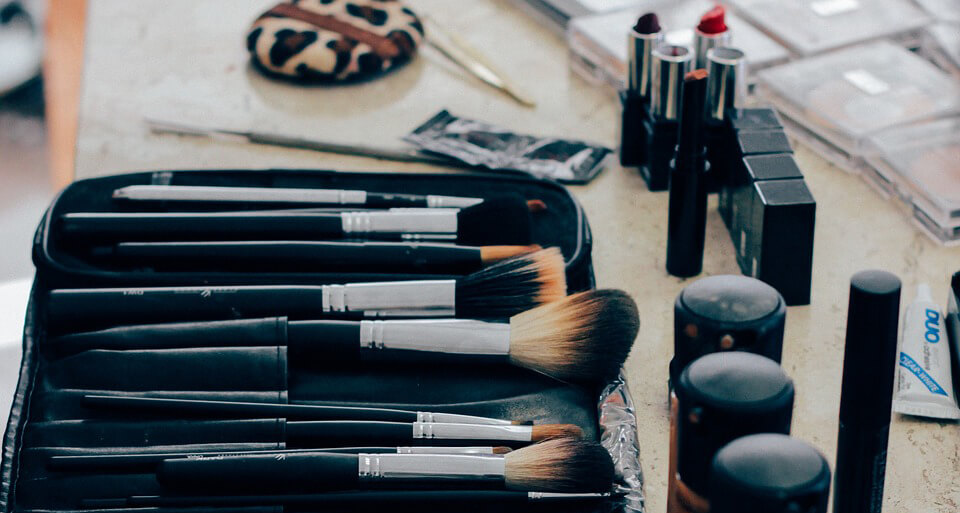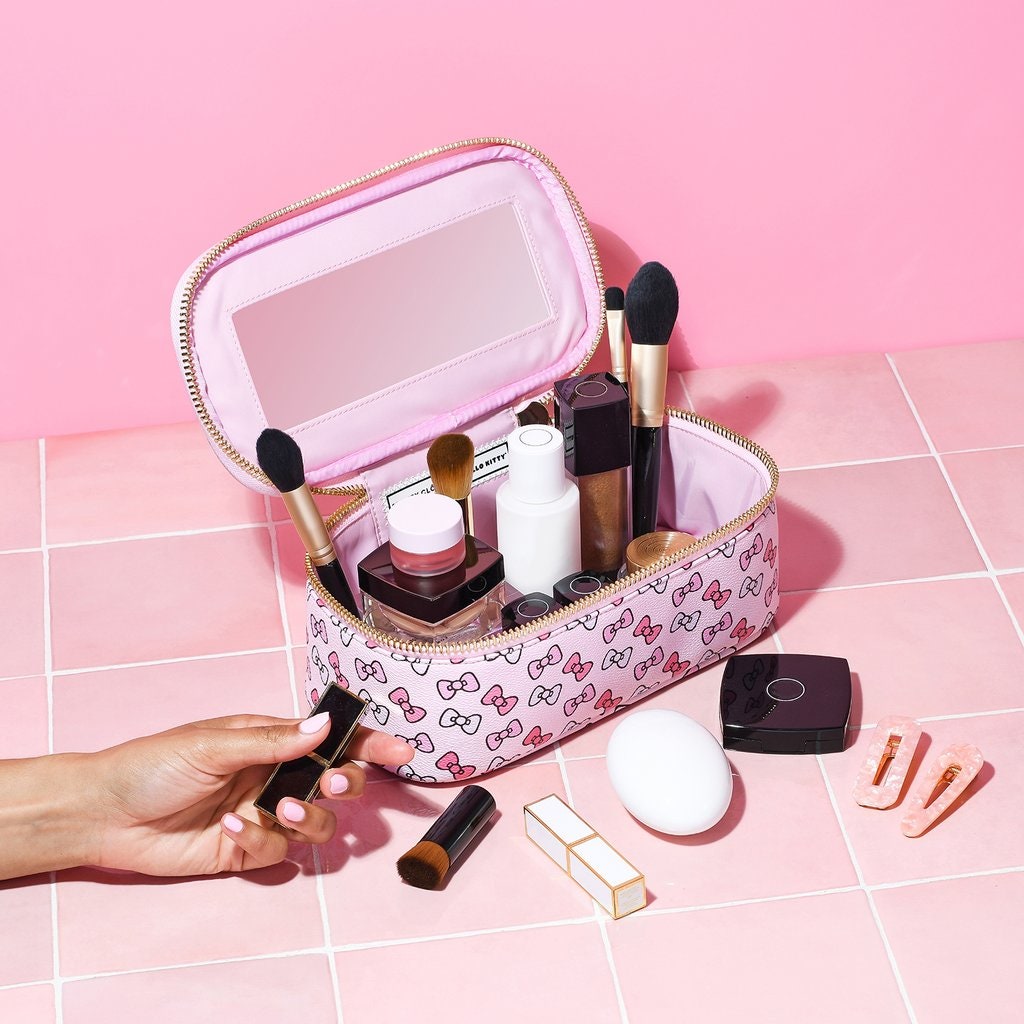
Sanitisation of products and tools before use
Beauty without cleanliness is just a hoax. You can’t beautify anything without cleaning it. So, do you even remember when was the last time you sanitized your makeup kit and other beauty products? If the answer is no, then you need to take out your makeup kit right now and sanitize all the beauty tools.
Do you think that sanitation is a big deal? Let me explain you. Would you like to stay in a hotel room which is a mess and wasn’t cleaned before you use it? You won’t! In the same manner as removing makeup before hitting the bed is necessary to keep your skin clear and healthy, keeping your makeup tools clean and germ-free is essential to avoid skin allergies. It is just like following a regular skincare routine. And if you’re a professional, taking good care of your clients is a crucial part of your job. No matter how skillful, talented, and artistic beauty professional you are, if you’re not offering a clean, hygienic, and sanitized environment and products, all the other factors won’t matter at all. You may be in huge demand, but no one will want to work with you if you use dirty, unsafe, and filthy tools. Especially now in the times of the COVID-19 pandemic, it’s a pretty huge consideration too.
A professional’s makeup tools and kit come into contact with different faces regularly. Moreover, they also come into contact with the dead skin cells, dead lip skin, saliva, tears, tear ducts, etc. It’s significant to keep in mind that this isn’t just about cleaning dirt away from brushes and other tools to make them look fine; you have to disinfect, cleanse, and sanitize these tools to get rid of harmful viruses, bacteria, microbes, infections, and fungi that could become a big health hazard to your client. Proper sanitation can keep your client away from acne, cold, flu, cold sores, hepatitis, and other skin issues. Doing sanitation sincerely is something you’re legally and morally obligated to. Beauty experts suggest that makeup kit has to be disinfected once a fortnight. Blending sponge, brushes, and other metal or plastic tools should be washed weekly.
We have simplified the cleaning process for you. Here you go with the easiest way of sanitizing the products:
Makeup brushes
Disinfect your makeup brushes at least once a week and sanitize them each day before the use. The brushes should be clean and free of foundation and eye shadow. Spray some alcohol on a tissue and wipe the brushes with it as a daily routine of sanitizing. You can also use paper towels for a quick cleanse. To disinfect the bristles, mix a tablespoon of apple cider vinegar with a half-
teaspoon of liquid detergent in a cup of warm water. Soak the brushes in this mixture for a while and then swirl them in your palm to ensure that no dirt remains between the bristles. You can also make a mixture of one tablespoon of organic coconut oil and one tablespoon of baby shampoo in a cup of water. Gently rinse them off with lukewarm water. Allow the brushes to dry by placing them flat on a countertop.
Makeup sponges
It is also important to clean blending sponges, facial cleansing brushes, and other makeup tools to protect them from growing mold in it. A sponge can be washed easily by rubbing with a cleansing liquid or a bar of soap. Give it a good massage by pushing and pressing with your hands. Then rinse it thoroughly under running water. Now set it aside to let it dry. If you find it difficult, skip this process and use disposable applicators and sponges that can be discarded after the use.
Foundation
Liquid or cream foundation is the stuff that can’t be washed or cleaned technically. The best way to keep it hygienic is to avoid dipping your fingers in them. To access the foundation, use a clean cotton bud, sponge or spatula. You can also spray some amount of isopropyl alcohol on the bottlenecks of foundation.
Concealers and Lipstick
When sanitizing lipstick and concealers, twist them up and remove a thin layer with the help of a cotton bud. Then spray isopropyl alcohol on the exposed area and wipe it gently. This process should be repeated weekly.
Pencils and curlers
Make sure you sharpen all of your eyeliner and lipliner pencils before using them. In case of retractable products, wipe the tip of the pencil by spraying some rubbing alcohol onto a cotton pad before using it. To sanitize the eyelash curler, simply wipe off its surface with a cotton pad dipped in alcohol. Let it dry completely before using it again.
Mascara
Some of the makeup products can’t be sanitized. Mascara is one of them. The eye area is the most delicate part that can catch an infection. To prohibit any type of infections or reactions, it is better not to take chance and throw it away or change it every month.
Powders
Pressed powder makeup products do not harbor bacteria but some dirt and oil can collect on such products. To clean these products such as blush, bronzer, eye shadow, and two-way cake, gently scrape off a thin layer using a butter knife. A mist of 70% isopropyl alcohol can also be used to sanitize them.
Disposable Items
Simply throw out the disposable items after single use. To mention some are cotton balls, toe separators, wooden applicators, nail files and buffers. Do not use them on multiple clients. It may spoil your client’s health and your reputation as well.
Always remember that sanitizing makeup isn’t a solution for replacing expired products. Expired ingredients in makeup can cause swelling, itchiness, redness, and other skin issues. You must get rid of the product whose expiration date has passed. Keep a check on wax and liquid products. If they start smelling funky or mascara gets dry and flaky, just toss it in the garbage.





